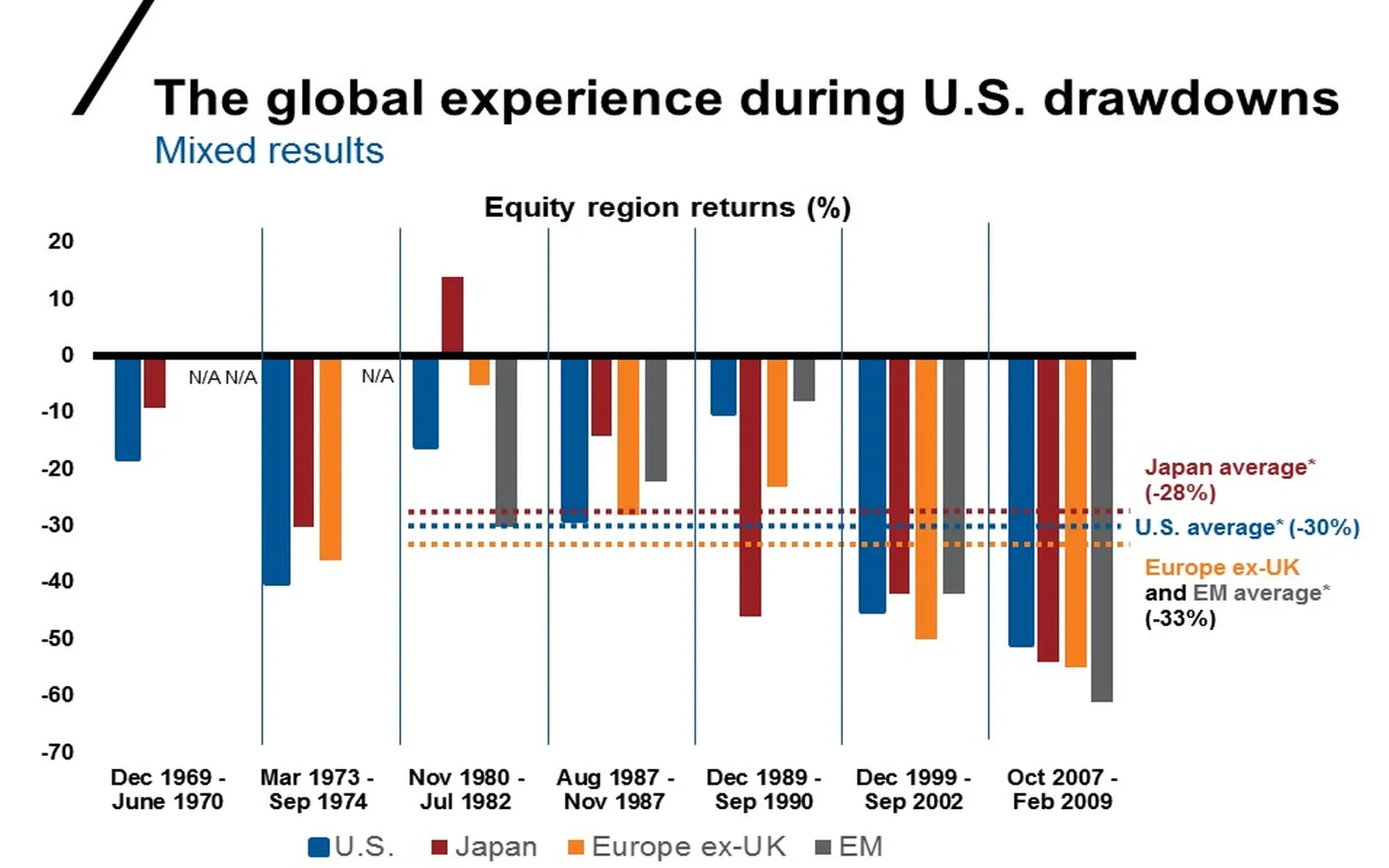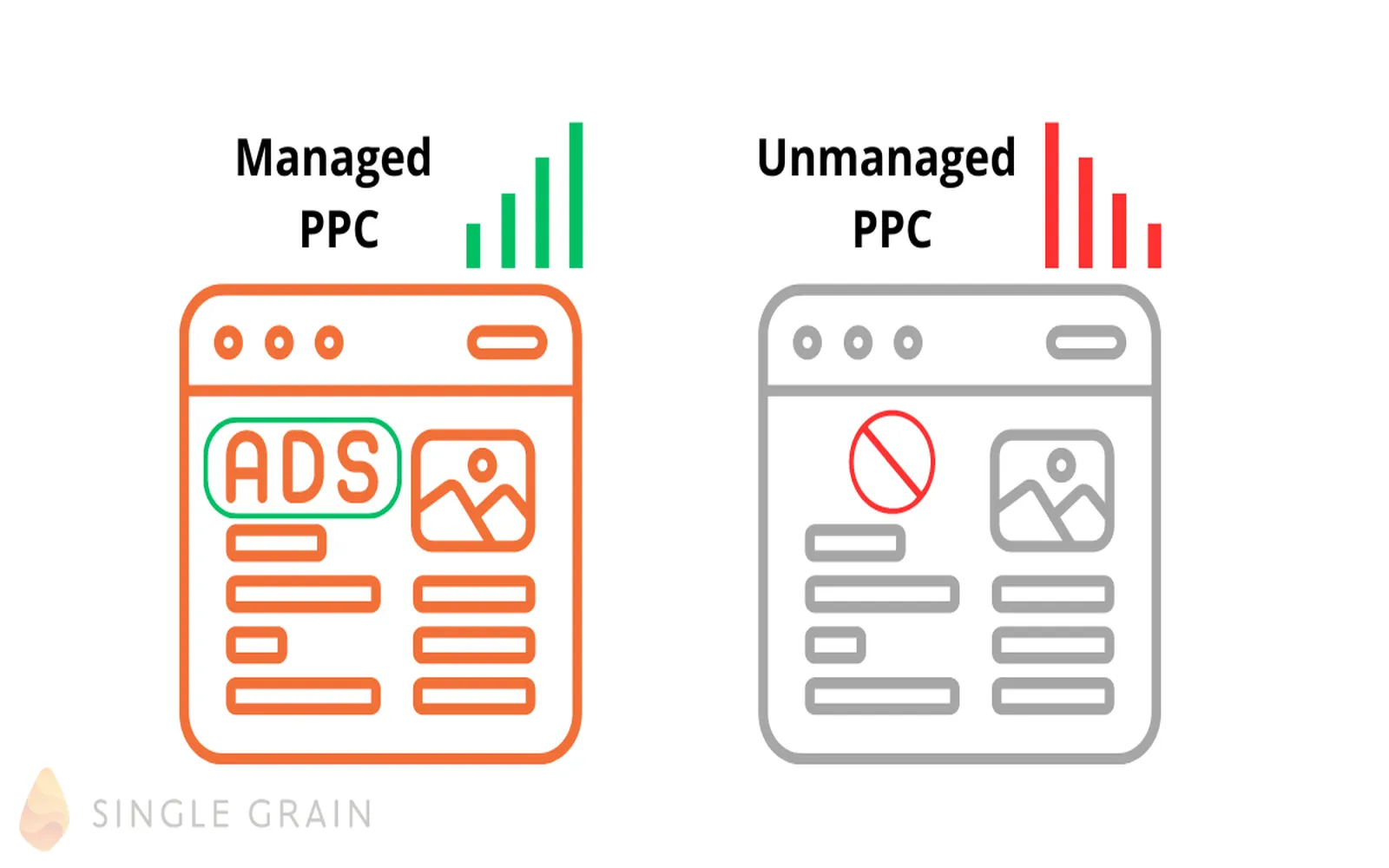Understanding Currency Risk
Currency risk, also known as foreign exchange risk, arises when investors hold assets denominated in foreign currencies. Fluctuations in exchange rates can significantly impact the value of these investments, leading to either gains or losses. For instance, if an American investor holds stocks in a European company, a strengthening of the Euro against the Dollar could enhance returns, while a weakening could diminish them. Hence, understanding and mitigating this risk is crucial for safeguarding your investment portfolio.
What is Currency Hedging?
Currency hedging is a financial strategy used to reduce potential losses caused by fluctuations in exchange rates. By using various financial instruments, investors can protect their portfolios from adverse currency movements. The primary goal of currency hedging is to provide a level of certainty regarding future cash flows and investment returns.
Effective Strategies for Currency Hedging
Implementing effective strategies for currency hedging can significantly diminish currency risk. Here are some of the most commonly used approaches:
1. Forward Contracts
A forward contract is an agreement between two parties to exchange a specific amount of currency at a predetermined exchange rate on a set future date. This strategy locks in the price, allowing investors to eliminate uncertainty related to future exchange rate fluctuations. Forward contracts are particularly useful for businesses with predictable cash flows in foreign currencies.
2. Options Contracts
Options contracts provide investors with the right, but not the obligation, to buy or sell a currency at a predetermined price before a specified date. This flexibility allows investors to benefit from favorable currency movements while protecting against adverse shifts. Currency options can be an effective way to hedge against potential losses while still allowing for potential gains.
3. Currency ETFs
Currency Exchange-Traded Funds (ETFs) are investment funds that track the performance of a specific currency or basket of currencies. By investing in currency ETFs, investors can gain exposure to foreign currencies without the complexities of managing individual currency positions. This strategy can serve as a hedge against currency risk in a more diversified and liquid form.
4. Diversification of Investments
Diversifying your investment portfolio across multiple currencies can help mitigate currency risk. By holding assets in different currencies, investors can reduce their exposure to any single currency's fluctuations. This approach not only spreads risk but also allows for potential gains from favorable currency movements in various regions.
5. Natural Hedging
Natural hedging involves structuring your business operations to minimize currency risk without relying on financial instruments. For example, a company that generates revenue in foreign currencies can also manage its expenses in the same currency, effectively balancing the currency exposure. This strategy can be particularly effective for companies engaged in international trade.
6. Currency Swaps
Currency swaps are agreements between two parties to exchange principal and interest payments in different currencies. This strategy can provide a hedge against currency risk while potentially reducing financing costs. Currency swaps are often utilized by large corporations and financial institutions for managing their foreign currency exposure.
7. Monitoring Economic Indicators
Staying informed about economic indicators and geopolitical developments can play a crucial role in managing currency risk. Factors such as interest rates, inflation rates, and political stability can significantly influence currency values. By monitoring these indicators, investors can make more informed decisions regarding their currency hedging strategies.
Conclusion: The Importance of a Proactive Approach
Mitigating currency risk is essential for protecting your investment portfolio from the unpredictable nature of foreign exchange markets. By employing effective currency hedging strategies such as forward contracts, options, and diversification, investors can safeguard their assets and enhance their overall portfolio performance. It is crucial to adopt a proactive approach, continuously monitoring economic conditions, and adjusting your strategies as necessary. With the right tools and knowledge, you can effectively manage currency risk and focus on achieving your long-term investment goals.
In summary, understanding currency risk and implementing robust currency hedging strategies can make a significant difference in your investment outcomes. Whether you are an individual investor or managing a corporate portfolio, taking steps to mitigate currency risk will help you navigate the complexities of the global financial landscape.









